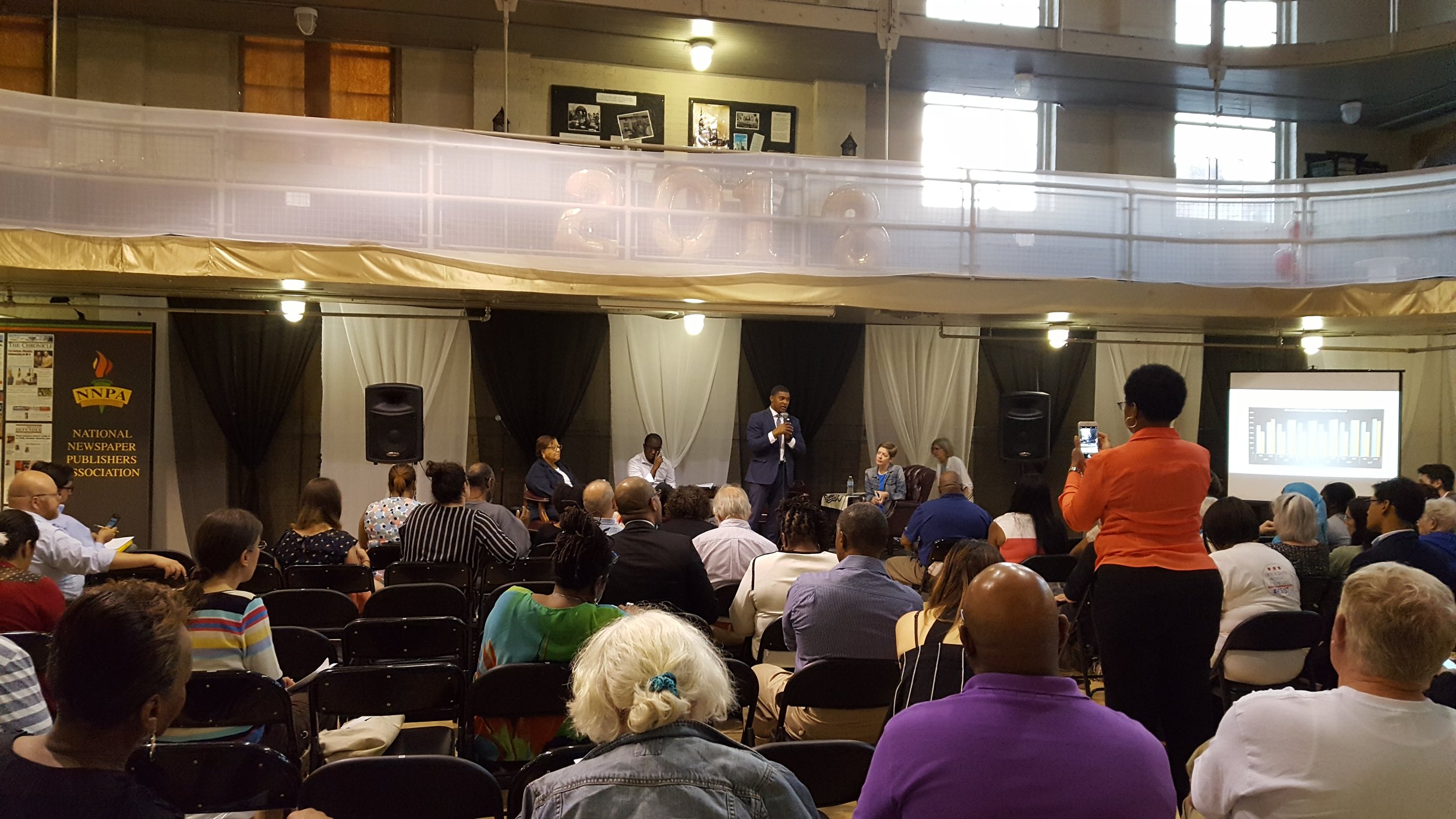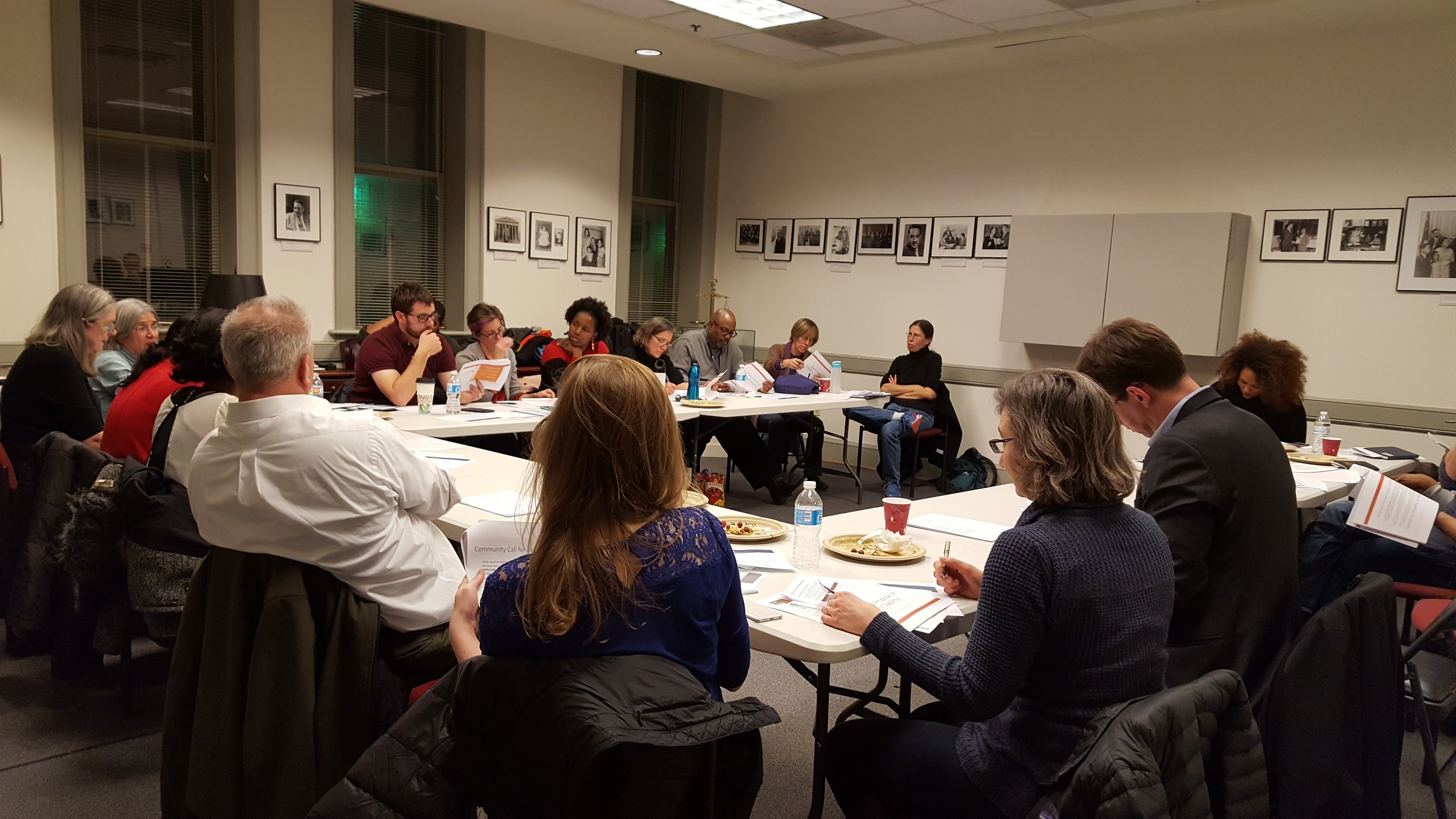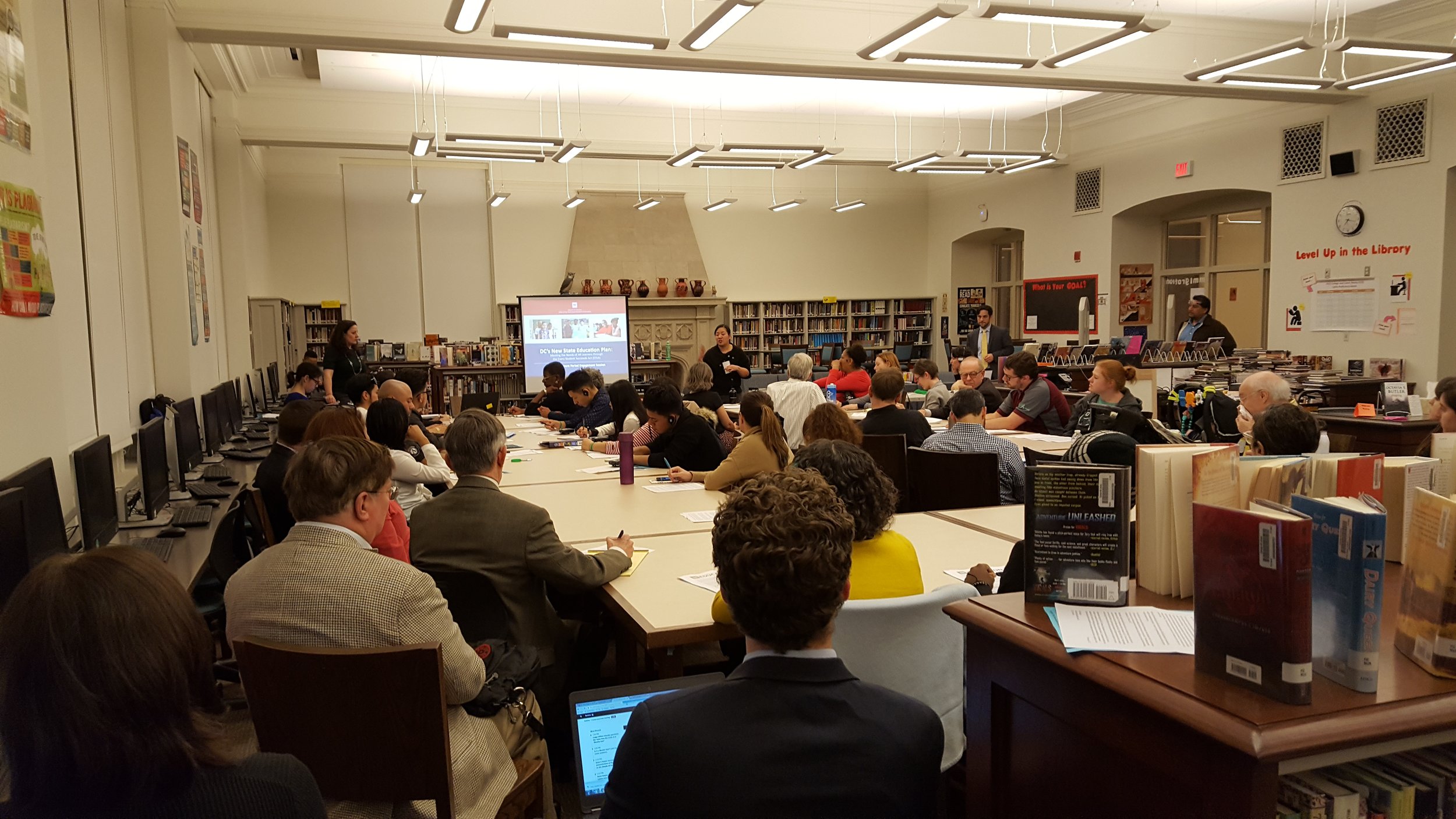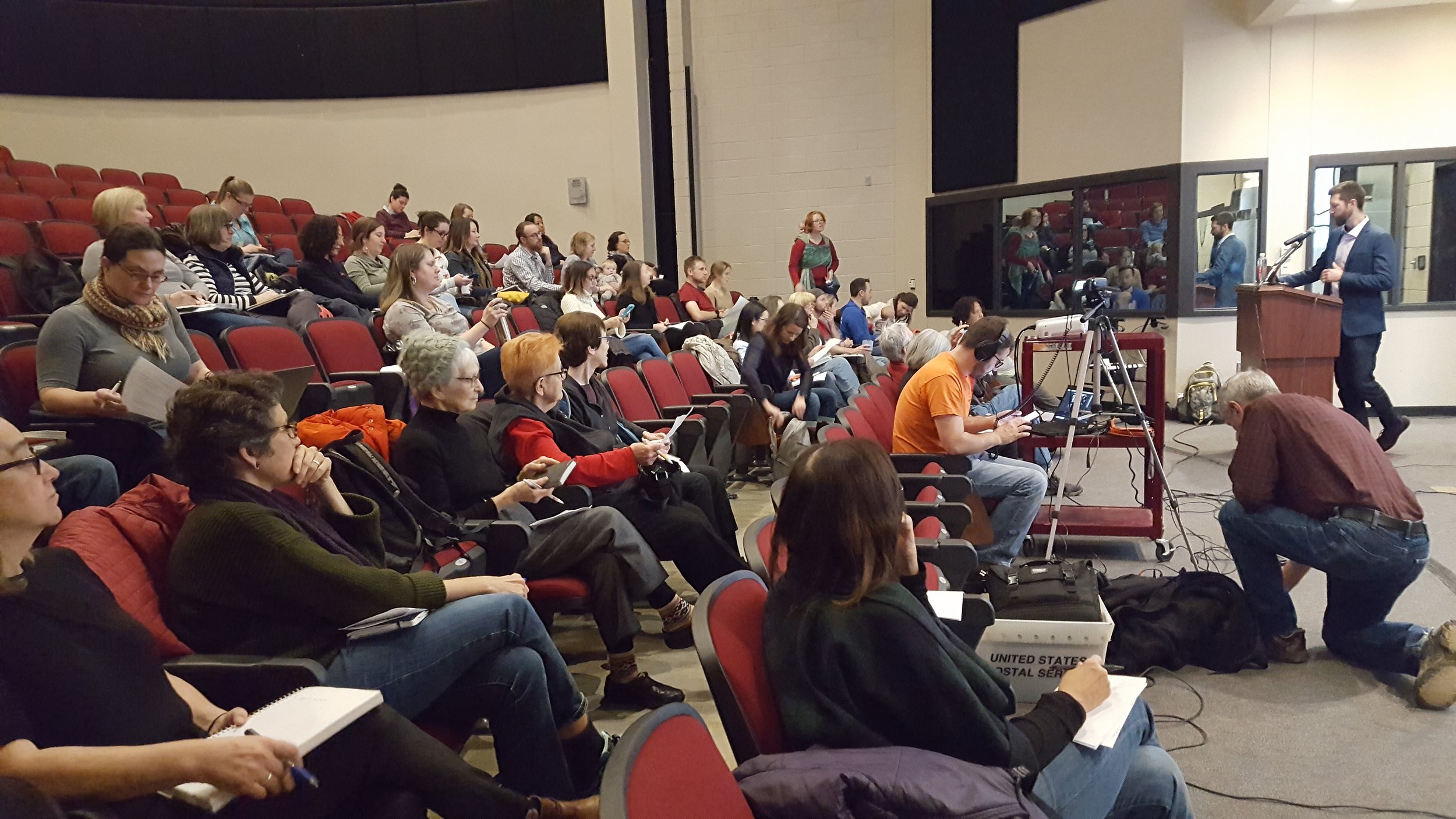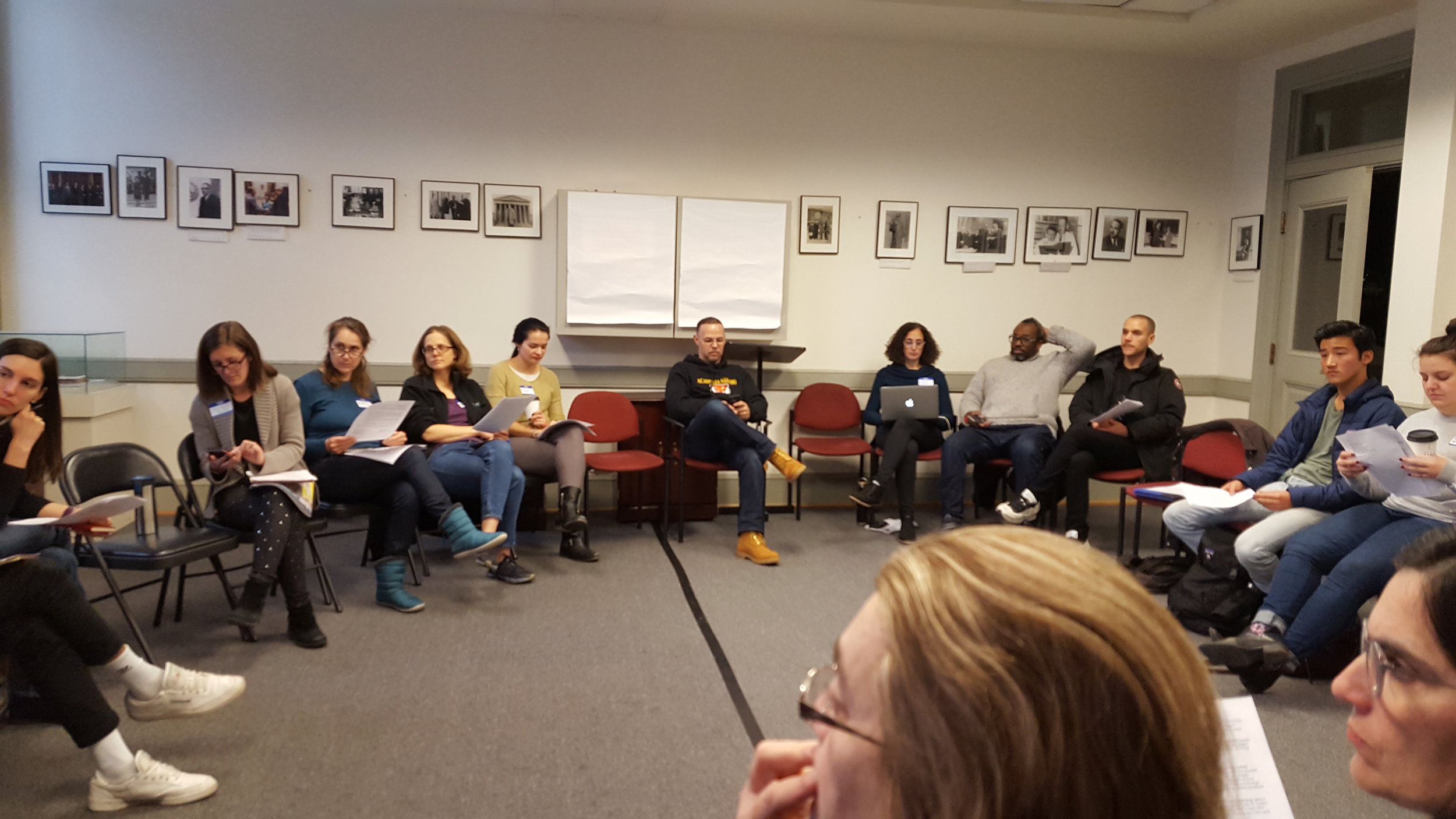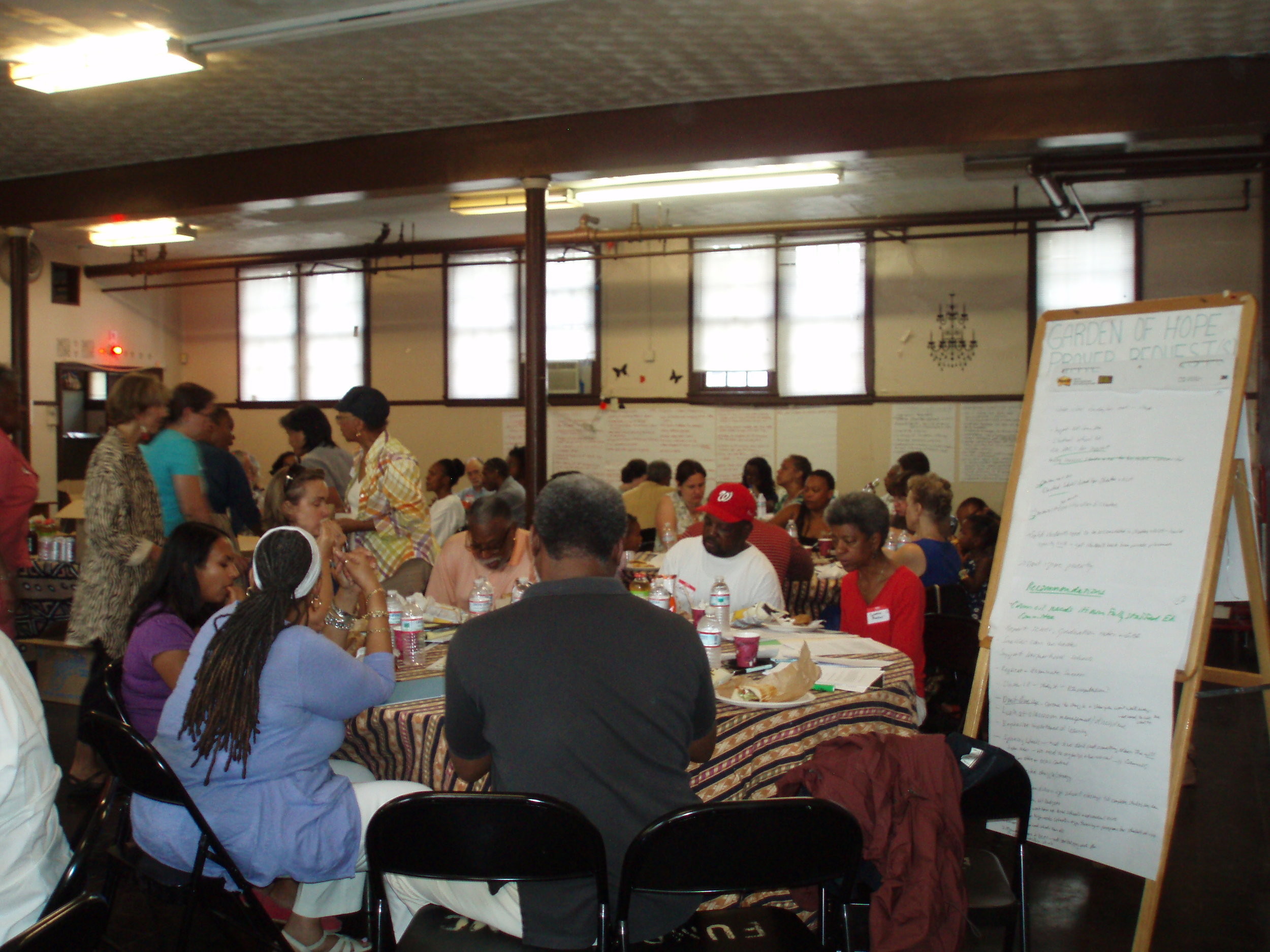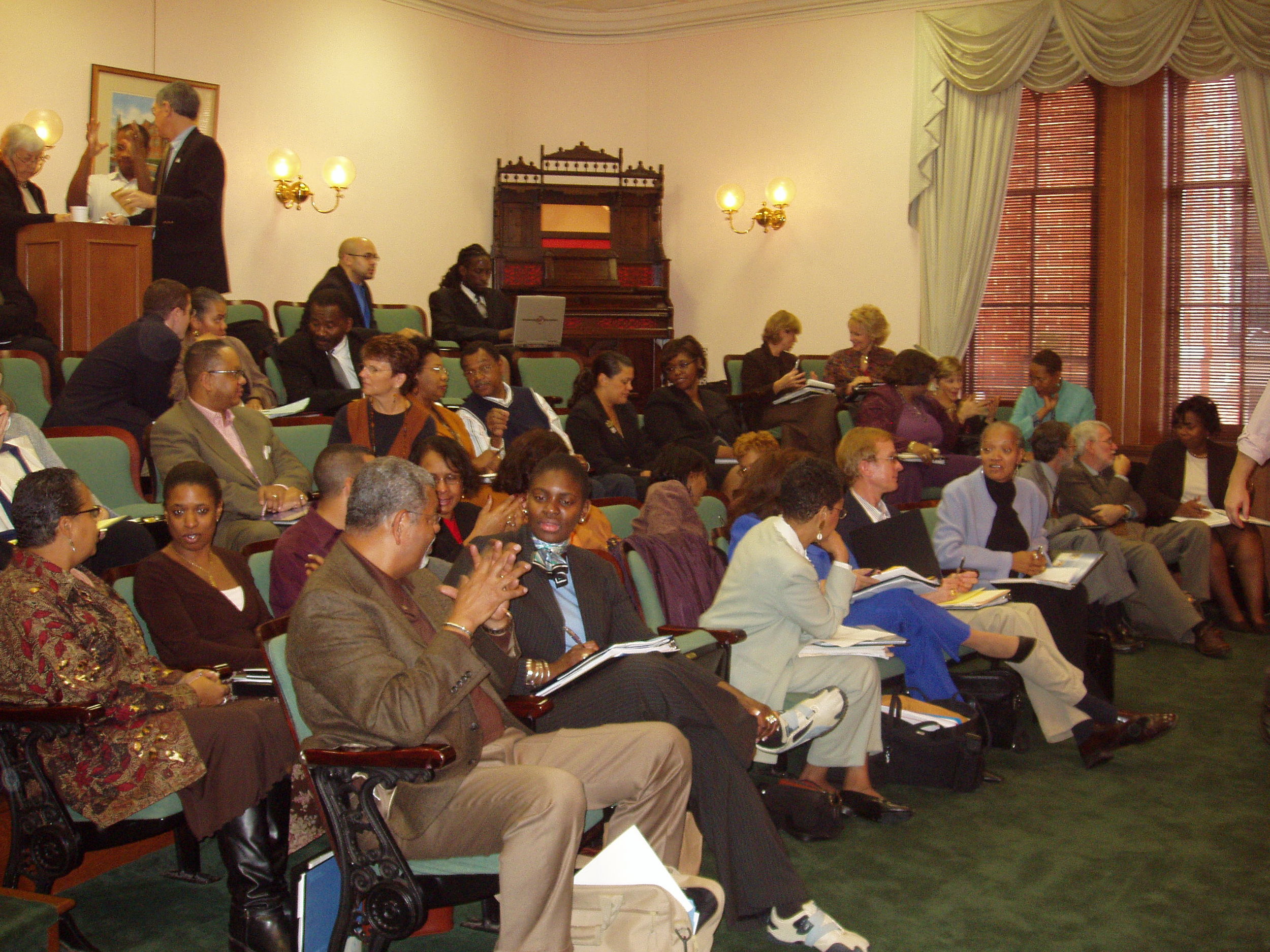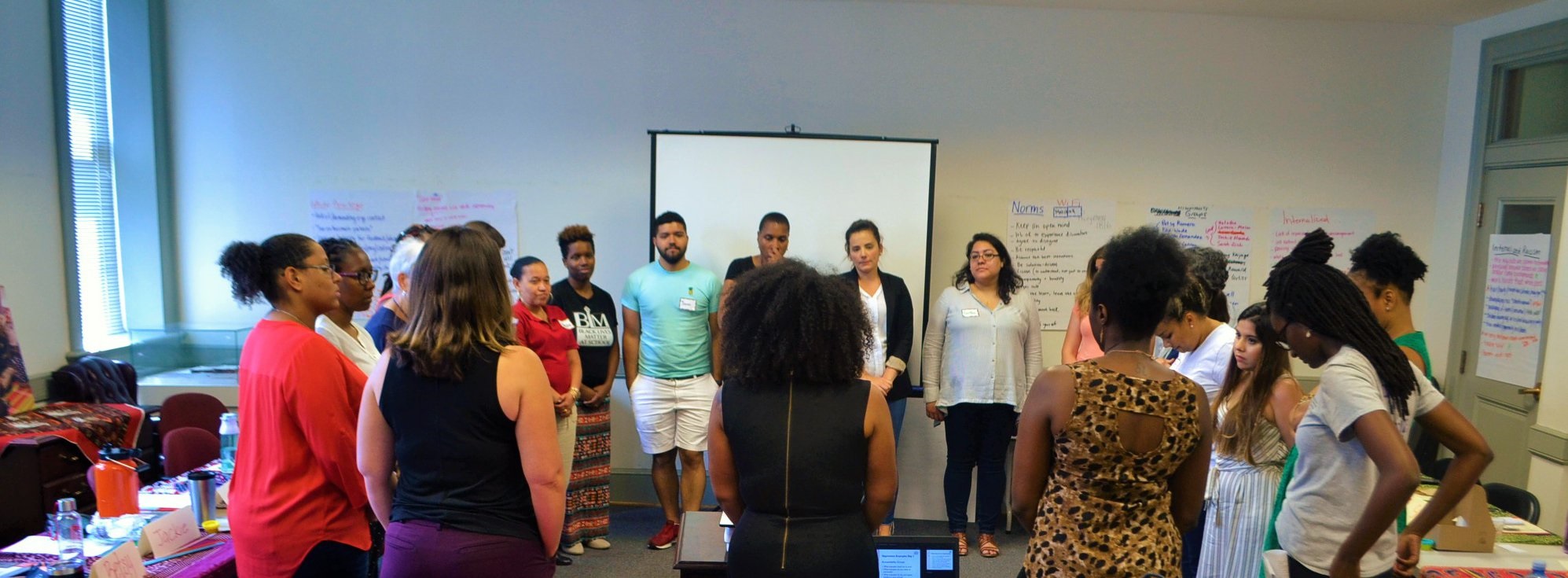Matthew Frumin: First things first — DC officials must address structural underfunding of DCPS
By Commentary on Jan 25, 2021 Last updated Jan 25, 2021
The way the city funds our schools structurally underfunds educational operations for DC Public Schools (DCPS) relative to the charter sector to the tune of $40 million to $50 million a year.
That claim may surprise you because the DC charter sector — which has accumulated $500 million in net assets that grow by $40 million or $50 million a year and is consistently deemed by national charter advocates to enjoy among the most hospitable regulatory environments in the nation — ceaselessly claims to be a victim. The opposite is true.
Matthew Frumin is a DC attorney, former advisory neighborhood commissioner and community activist.
Rather than addressing this issue, the deputy mayor for education has been exploring changes to the Uniform Per Student Funding Formula (UPSFF) — the primary vehicle for funding schools — and DCPS has been looking into how it distributes funds among its schools. As the mayor formulates her budget though, her first move should be to address the structural underfunding of DCPS operations.
The current underfunding of our traditional public schools operates in two key ways.
As the Coalition for DC Public Schools and Communities (C4DC) explained in a recent post on its blog, DCPS has to use around $500 more per student of its UPSFF funds on building maintenance and operations (M&O) than the charter sector does, leaving it that many fewer dollars for direct services to students.
The consultants who conducted the DC Education Adequacy Study, the last full assessment of education funding needs, recognized the very different M&O burdens of the sectors, but endorsed an approach that left a heavier burden on DCPS. (The consultants picked a figure to fund M&O that was higher than the charter cost and lower than the DCPS one, thus building in structural underfunding of DCPS.) Both DCPS and the charter sector pay for some M&O costs outside of their UPSFF dollars, but the burden on DCPS’ UPSFF funding remains more than $500 per student greater than for the charter sector on average. A simple fix would be to pay DCPS utilities — around $25 million a year (or around $500 per student) — outside of the UPSFF.
As outlined in another C4DC blog post, DCPS also gets walloped by the way we fund enrollment. Charters are paid based on an October audit, but then see enrollment erosion — averaging around 1,350 students sectorwide in recent years — during the school year; charters nonetheless retain the funding, including the facilities allocation, for those students. DCPS, meanwhile, serves thousands more students than it is budgeted for each year, with thousands arriving and thousands departing during the course of the year for an average net gain of more than 500 after the October audit.
Given the churn and growth DCPS experiences midyear, determining funding levels based solely on the October audit would radically underfund the school system. The current mechanism, which uses a projected October figure while adding an overly conservative cushion to cover midyear arrivals, is also insufficient. To put the sectors on equal footing, the city should base DCPS budgeted enrollment on three numbers: the likely October audit figure, a realistic estimate of DCPS’ expected midyear growth, and the charter sector’s likely midyear enrollment erosion. Such an approach would still not fully fund DCPS for all of the students it serves during the course of the year, but it would at least help address the churn it experiences and start to put the sectors on equal footing.
These two simple, fair moves would add between $40 million and $50 million to the annual DCPS budget. This figure is roughly equivalent to the surpluses banked by the charters each year — and the amount of “at-risk” dollars, which DCPS has steered into general education spending in recent years even though they are supposed to use the money to fund additional services for students with the greatest needs. Coincidentally, it is also in the same range as the funding charter schools received in 2020 outside of the UPSFF through the Federal Paycheck Protection Act.
First things first: Let’s fix these structural issues and use the dollars primarily to support our children and communities with the greatest need. Indeed, it is these schools and communities that are most adversely affected by the problems at the heart of the structural funding flaws. Virtually all of the schools most dramatically buffeted by midyear arrivals are schools of right that are located in low-income communities. And unsurprisingly, they are harshly measured under our current rating system. These schools are also the most likely to have not yet received a full modernization, and the communities they serve are likely to be the most traumatized by the pandemic. We are setting up these schools and the children in them to fail, even if some are able to overcome the odds.
If we address the structural underfunding of DCPS and appropriately invest in these schools (both in their operation and modernization), we can build their enrollment and improve their economies of scale, provide anchors to these hard-hit communities, and show our commitment to education equity citywide as we hopefully come out of the pandemic. Both the students and their communities deserve no less.
Matthew Frumin is a DC attorney, former advisory neighborhood commissioner and community activist who has been involved in issues related to education, parks and recreation, transportation, utilities and seniors.
